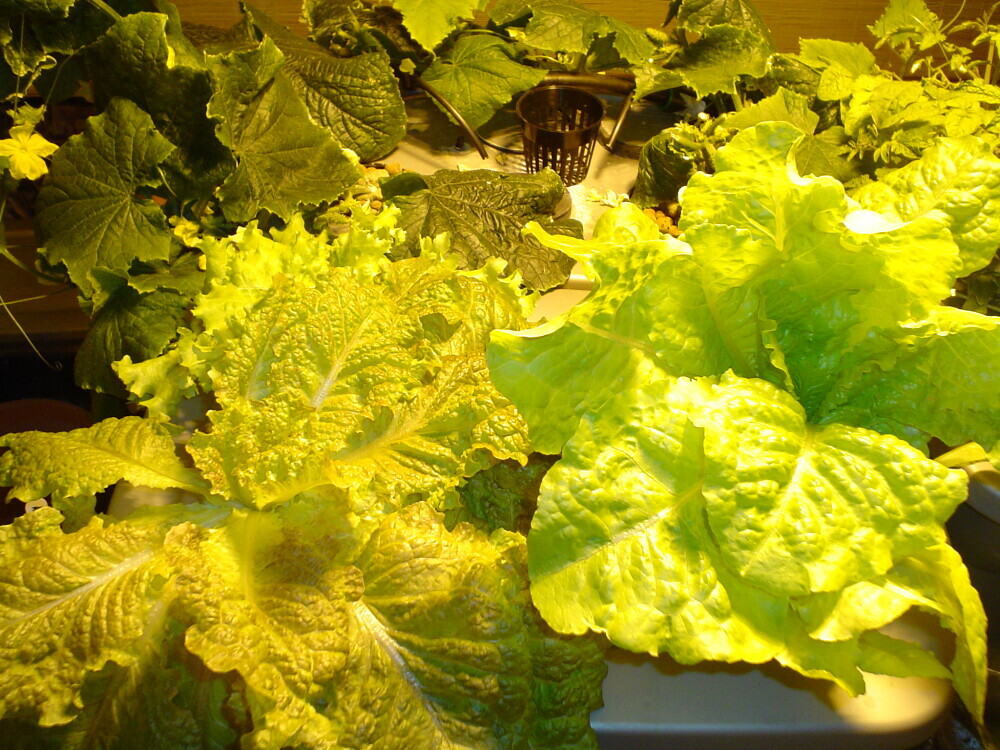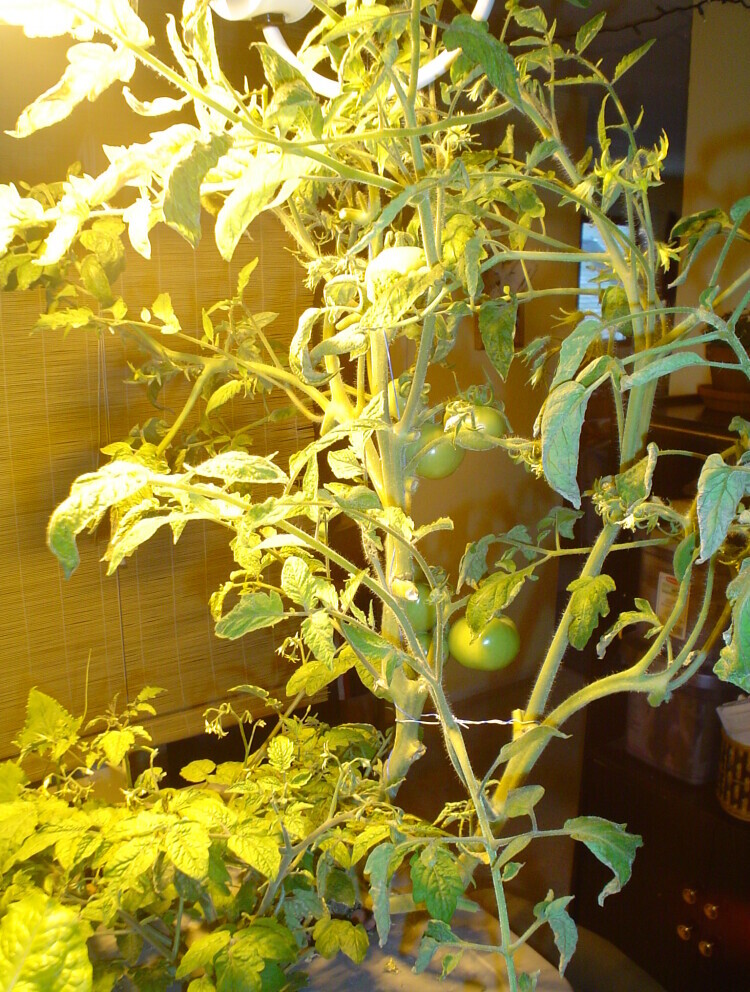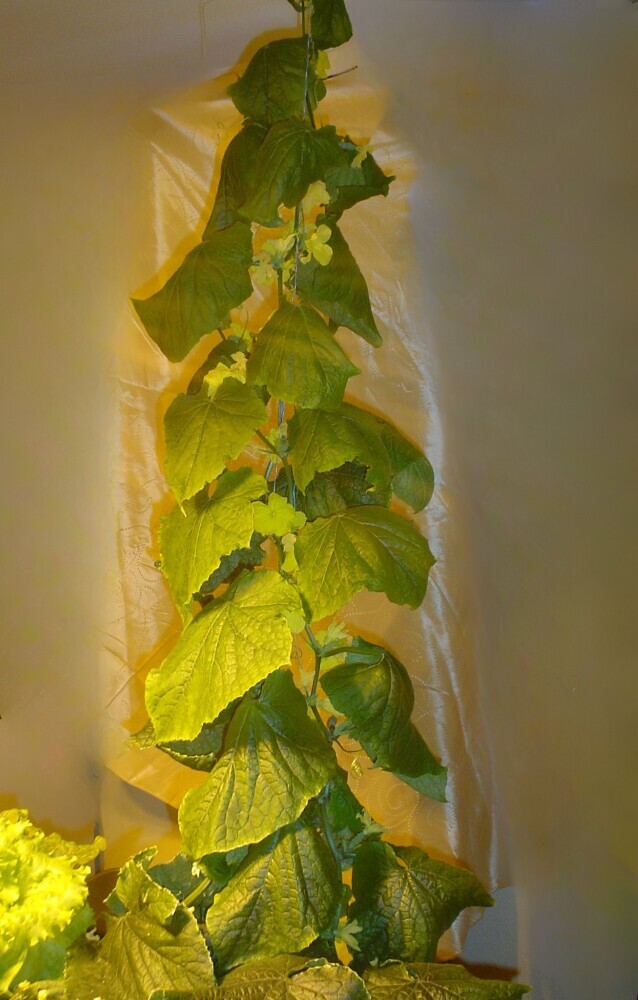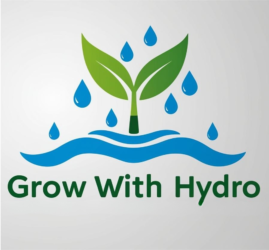Easy Hydroponic Vegetables: Growing Lettuce, Spinach, Basil, Cherry Tomatoes, and Cucumbers
Hydroponic gardening is a revolutionary way to grow plants without soil, using nutrient-rich water solutions to deliver everything plants need to thrive. As an expert in hydroponics with over 30 years of experience and a degree in biology, I’m excited to share my knowledge with you. Whether you’re a complete beginner or someone looking to refine your skills, this guide will walk you through the basics of hydroponic gardening and help you grow five beginner-friendly plants: lettuce, spinach, basil, cherry tomatoes, and cucumbers.
1) Introduction to Hydroponics
Understanding Hydroponic Gardening
Hydroponics is a method of growing plants in a water-based, nutrient-rich solution, eliminating the need for soil. Instead, plants are supported by inert mediums like perlite, rockwool, or clay pellets, which anchor the roots while allowing them to absorb nutrients directly from the water. This method provides precise control over the growing environment, including pH levels, nutrient concentration, and light exposure.
Hydroponic systems come in various forms, such as deep water culture (DWC), nutrient film technique (NFT), and ebb and flow systems. For beginners, starting with a simple system like DWC is ideal, as it requires minimal setup and maintenance.
Benefits of Hydroponics Compared to Traditional Soil Gardening
Hydroponic gardening offers several advantages over traditional soil-based gardening:
• Faster Growth: Plants grow up to 50% faster because they have direct access to nutrients.
• Water Efficiency: Hydroponics uses up to 90% less water than soil gardening, as water is recirculated in the system.
• Space-saving: Hydroponic systems can be set up vertically or in compact spaces, making them perfect for urban gardeners.
• Fewer Pests and Diseases: Without soil, many soil-borne pests and diseases are eliminated.
• Year-round Growing: Hydroponics allows you to grow plants indoors, regardless of the season.
Importance of Starting with Beginner-friendly Plants
As a beginner, it’s crucial to start with plants that are easy to grow and forgiving of minor mistakes. Lettuce, spinach, basil, cherry tomatoes, and cucumbers are excellent choices because they have straightforward nutrient requirements, grow relatively quickly, and adapt well to hydroponic systems. These plants will help you build confidence and understand the basics before moving on to more challenging crops.
________________________________________
2) Lettuce: A Staple Hydroponic Plant

Why Lettuce is Perfect for Beginners
Lettuce is one of the most popular plants for hydroponic beginners due to its fast growth rate, low maintenance, and minimal nutrient requirements. It thrives in cooler temperatures and doesn’t require intense lighting, making it an ideal choice for indoor hydroponic systems.
Nutritional Benefits of Home-grown Lettuce
Growing your own lettuce ensures you have a fresh, pesticide-free supply of this leafy green. Lettuce is rich in vitamins A and K, folate, and antioxidants, making it a healthy addition to salads, sandwiches, and wraps.
Step-by-step Guide to Setting Up a Hydroponic Lettuce System
1. Choose a System: Start with a deep water culture (DWC) system, which is simple and effective for lettuce. Check out our article on How to Build A Simple DWC System
2. Select Lettuce Varieties: Opt for loose-leaf varieties like Buttercrunch or Romaine, which grow well hydroponically.
3. Prepare the Growing Medium: Use rockwool cubes to germinate lettuce seeds. Once seedlings develop roots, transfer them to net pots filled with clay pellets.
4. Set Up the Reservoir: Fill the reservoir with a balanced nutrient solution (pH 5.5–6.5) and ensure the roots are submerged.
5. Provide Light: Use LED grow lights for 12–14 hours daily if natural light is insufficient.
6. Monitor and Maintain: Check pH and nutrient levels weekly, and harvest lettuce leaves when they reach the desired size.
________________________________________
3) Growing Spinach Hydroponically
Spinach as a Nutrient-rich Green Leafy Vegetable
Spinach is a powerhouse of nutrients, including iron, calcium, magnesium, and vitamins A, C, and K. Growing spinach hydroponically ensures a steady supply of this superfood for salads, smoothies, and cooked dishes.
Essential Tips for Thriving Hydroponic Spinach
• Temperature Control: Spinach prefers cooler temperatures (60–70°F). Avoid overheating your grow space.
• Lighting: Provide 10–12 hours of light daily using full-spectrum LED grow lights.
• Nutrient Solution: Use a balanced nutrient mix with slightly higher nitrogen levels to promote leafy growth.
Overcoming Common Challenges with Spinach Growth
Spinach can be sensitive to pH fluctuations and nutrient imbalances. Regularly monitor the pH (5.5–6.5) and adjust the nutrient solution as needed. Additionally, ensure proper air circulation to prevent mold or mildew.
________________________________________
4) Basil: An Easy Culinary Herb for Hydroponics
The Aroma and Health Benefits of Basil
Basil is a fragrant herb that adds flavor to dishes like pasta, salads, and pesto. It’s also rich in antioxidants and has anti-inflammatory properties.
Hydroponic Basil vs. Soil-grown Basil
Hydroponic basil grows faster and often has a more intense flavor compared to soil-grown basil. It’s also less prone to pests and diseases.
Ensuring a Continuous Supply of Fresh Basil
To maintain a steady supply, prune basil regularly to encourage bushier growth. Harvest leaves from the top down, and avoid removing more than one-third of the plant at a time.
________________________________________
5) Hydroponically Growing Cherry Tomatoes

Why Cherry Tomatoes are Hydroponic Beginner Favorites
Cherry tomatoes are compact, fast-growing, and highly productive, making them a favorite for hydroponic beginners. They thrive in controlled environments and produce sweet, flavorful fruits.
Best Practices for Fruit Development and Maximizing Yield
• Support Structures: Use trellises or cages to support tomato vines as they grow.
• Pollination: Gently shake the plants or use a small brush to transfer pollen between flowers.
• Nutrient Solution: Use a high-potassium nutrient mix during the flowering and fruiting stages.
Pest and Disease Management in Hydroponic Environments
While hydroponic systems reduce the risk of soil-borne pests, watch out for aphids and spider mites. Introduce beneficial insects like ladybugs or use organic insecticidal soap to control infestations. Tomatoes can experience blossom end rot if they have a calcium deficiency. Try using a supplement such as Cal-Mag.
________________________________________
6) Cucumbers in a Beginner Hydroponic System

Crispy Cucumbers: Benefits and Uses
Cucumbers are refreshing, low-calorie vegetables that are perfect for salads, pickling, or snacking. They’re also rich in hydration and vitamins.
Key Factors for Successful Cucumber Cultivation
• Space: Choose compact or bush varieties suitable for hydroponic systems.
• Lighting: Provide 12–14 hours of bright light daily.
• Nutrients: Use a balanced nutrient solution with extra calcium to prevent blossom end rot.
Cucumbers are prone to powdery mildew and nutrient deficiencies. Ensure proper air circulation, maintain consistent nutrient levels, and monitor for signs of stress. For indoor cucumbers you may see some duds developing from female flowers, you may need to help pollination occur if this is proliferent.
________________________________________
Conclusion
Hydroponic gardening is an exciting and rewarding way to grow fresh, healthy produce at home. By starting with beginner-friendly plants like lettuce, spinach, basil, cherry tomatoes, and cucumbers, you’ll quickly gain the skills and confidence needed to expand your hydroponic garden. Remember to monitor your system regularly, adjust nutrient levels as needed, and enjoy the process of watching your plants thrive. Happy growing!

thanks for the article….
i agree with three of your five plants for beginners….
basil, tomatoes and cucumber…
i found both lettuce and spinach difficult to get to a nice plant….maybe my ph or ec was way off….
a dwc is a very easy system to setup and get running….
i had the two bay three tier cheap green houses located outside and started the tomatoes and cucumbers inside at the end of Jan….
once these has grown to two real leaf pairs then they were ready to go outside…
i used root trainiers to get tham going with a good root system…
within a month these were typically starting to look like they were ready to start cropping….
the tomatoes you can use an old electric toothbrush to stimulate pollenation as hte male and female parts are contained within each flower….
the cucumbers you have male and female flower – using a soft small paintbrush to gently take the pollen from the male to the female to ensure that the cucumbers will grow…
indoors i grew chilis and basil mainly in aerogarden systems…
both of these plants grew for over 10 years producing enough to give chilis away….
don’t let the basil flower – pinching the flowering tips out each time it tries to flower….
is it fun, yes….
is it hard work – well only if you take changing the tomatoe and cucumber nutrient every two weeks work…
make sure as they grow you check the nutrient level and top up with water to keep the level high – they do drink a lot as they grow…..
do they taste good….
yes they do…
the seeds for the tomatoes i got from shop bought ones i liked the taste of….
with the lettuce and spinach i found that it was weak – even though i introduced a fan to simulate wind….
and tasted watery – i could never get a full head of lettuce….
but the basil was full of flavor and ready for that home cooking…
the chili’s were ideal for mildly spiced curries ( i used the seeds from a supermarket chili to start the plant)…
it does take a bit of getting used to, but works out easier and more flexible than normal gardening….
Great article! I love how you break down hydroponics and make it easy for beginners to get started. The step-by-step setup and troubleshooting tips are super helpful.
Have you experimented with companion planting in hydroponics? Some say certain plants grow better together, even without soil. Also, how do you think hydroponics compares to aeroponics? Is the extra complexity of aeroponics worth it, or is hydroponics the best balance for home growers?
Looking forward to your thoughts—this is an awesome topic!
Hello John!
I really enjoyed this article! As someone who recently started my own aquaponics setup with 10 goldfish, a 10 gal tank and a small herb garden in my kitchen, I can definitely appreciate how beginner-friendly hydroponic growing can be.
Herbs have been a fantastic starting point for me—they grow quickly and are so rewarding to use in cooking. What are your thoughts when it comes to aquaponics vs hydroponics systems when used in a household? I would love to hear your thoughts on the matter.
Angela M 🙂
Your writing doesn’t just explain things; it transforms the way we see and understand the world around us.